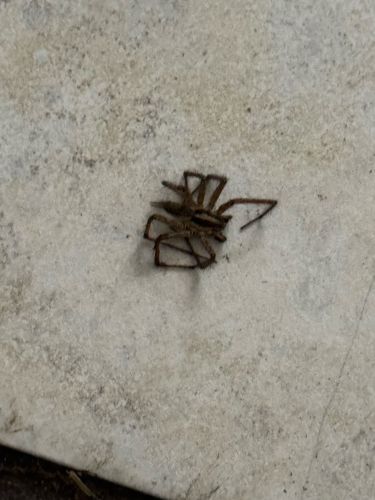Wolf Spider
Scientific Name: Lycosidae (Family)
Order & Family: Araneae (Order), Lycosidae (Family)
Size: Typically 0.4 to 1.4 inches (10-35 mm) for body length, not including legs. Females are generally larger than males.

Natural Habitat
Widely distributed; found in grasslands, forests, deserts, and even homes. They often live on the ground, under rocks, logs, or leaf litter.
Diet & Feeding
Carnivorous. They are active hunters that stalk and pounce on their prey, which includes other spiders, insects (crickets, grasshoppers), and sometimes smaller vertebrates.
Behavior Patterns
Unlike many spiders, wolf spiders do not build webs to catch prey. They are solitary, nocturnal hunters, though some species are active during the day. Females carry their egg sacs attached to their spinnerets and, after hatching, carry their young on their backs for several days.
Risks & Benefits
Potential risks include a bite if provoked, which can be painful but is generally not medically significant for humans, causing localized pain, redness, and swelling. Benefits include natural pest control, as they prey on various insects that can be considered pests.
Identified on: 9/17/2025